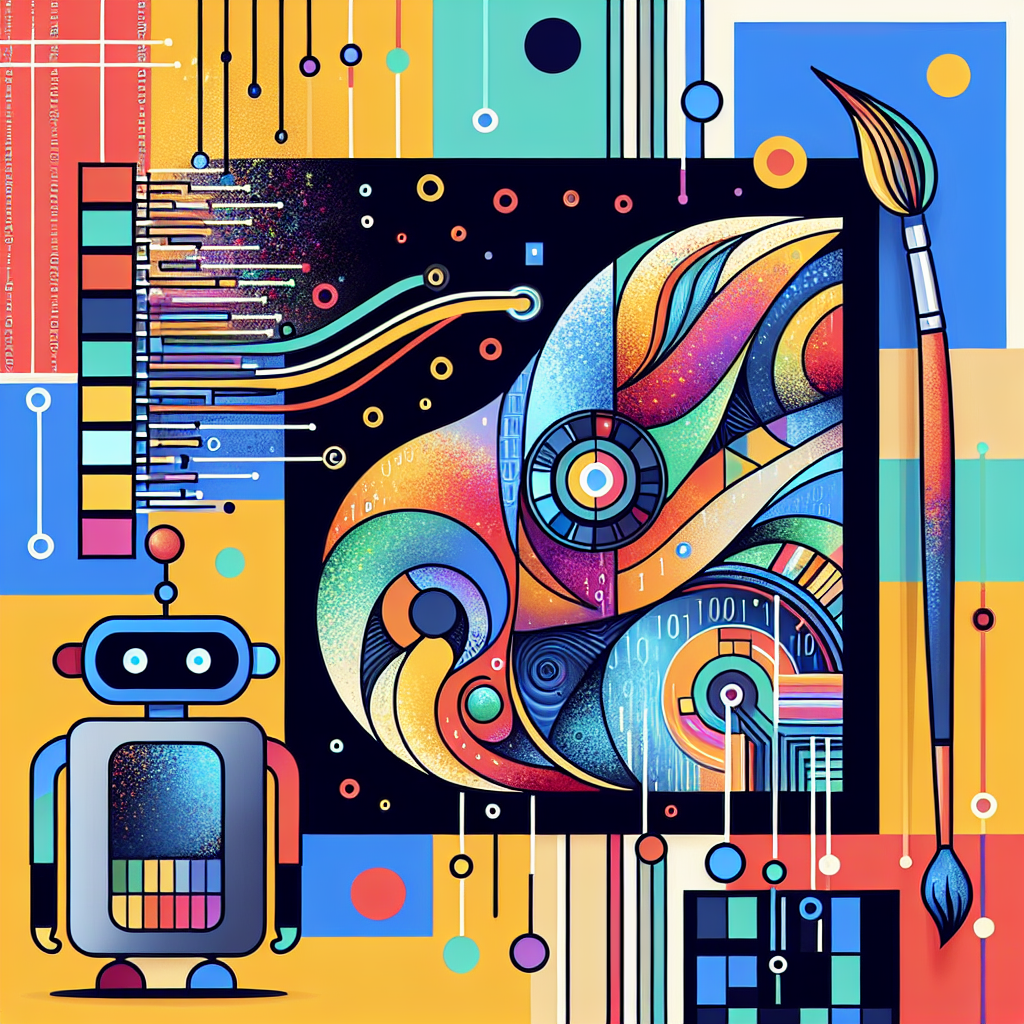Artificial intelligence (AI) and machine learning are revolutionizing the way we create and experience art. In recent years, artists and technologists have been exploring the boundaries of AI in the art world, pushing the limits of what is possible with this cutting-edge technology.
One of the most exciting developments in the art world is the use of AI to create original works of art. Artists are using machine learning algorithms to generate new ideas, styles, and forms that would be impossible to create by hand. By feeding large datasets of images, music, or text into these algorithms, artists can create unique and innovative pieces that challenge traditional notions of artistry.
One prominent example of this is the work of the artist Mario Klingemann, who uses AI to generate mesmerizing digital art pieces that blur the lines between human and machine creativity. Klingemann’s work has been featured in galleries and museums around the world, demonstrating the growing acceptance of AI-generated art in the mainstream art world.
In addition to creating new art forms, AI is also being used to analyze and interpret existing works of art. Museums and galleries are using machine learning algorithms to analyze patterns and trends in art history, allowing curators to better understand the context and significance of different artworks. This technology can also help art historians identify forgeries or authenticate pieces of art, revolutionizing the way we study and preserve cultural heritage.
Beyond the creation and interpretation of art, AI is also changing the way we experience and interact with art. Virtual reality (VR) and augmented reality (AR) technologies powered by AI are allowing viewers to immerse themselves in digital art installations and explore new worlds of creativity. These technologies are expanding the possibilities of what art can be and how it can be shared with audiences around the world.
While the use of AI in the art world holds tremendous promise, it also raises important questions about the role of technology in creative expression. Some critics argue that AI-generated art lacks the emotional depth and human touch of traditional art, while others worry about the ethical implications of using algorithms to create and analyze art.
Despite these concerns, the art world is embracing AI as a powerful tool for innovation and experimentation. Artists, curators, and technologists are working together to push the boundaries of what is possible with machine learning, creating new forms of art that challenge and inspire us.
As AI continues to evolve and expand its capabilities, the art world will undoubtedly continue to be at the forefront of this technological revolution. By exploring the boundaries of machine learning in art, we are opening up new possibilities for creativity, expression, and discovery that will shape the future of art for generations to come.


Leave a Reply